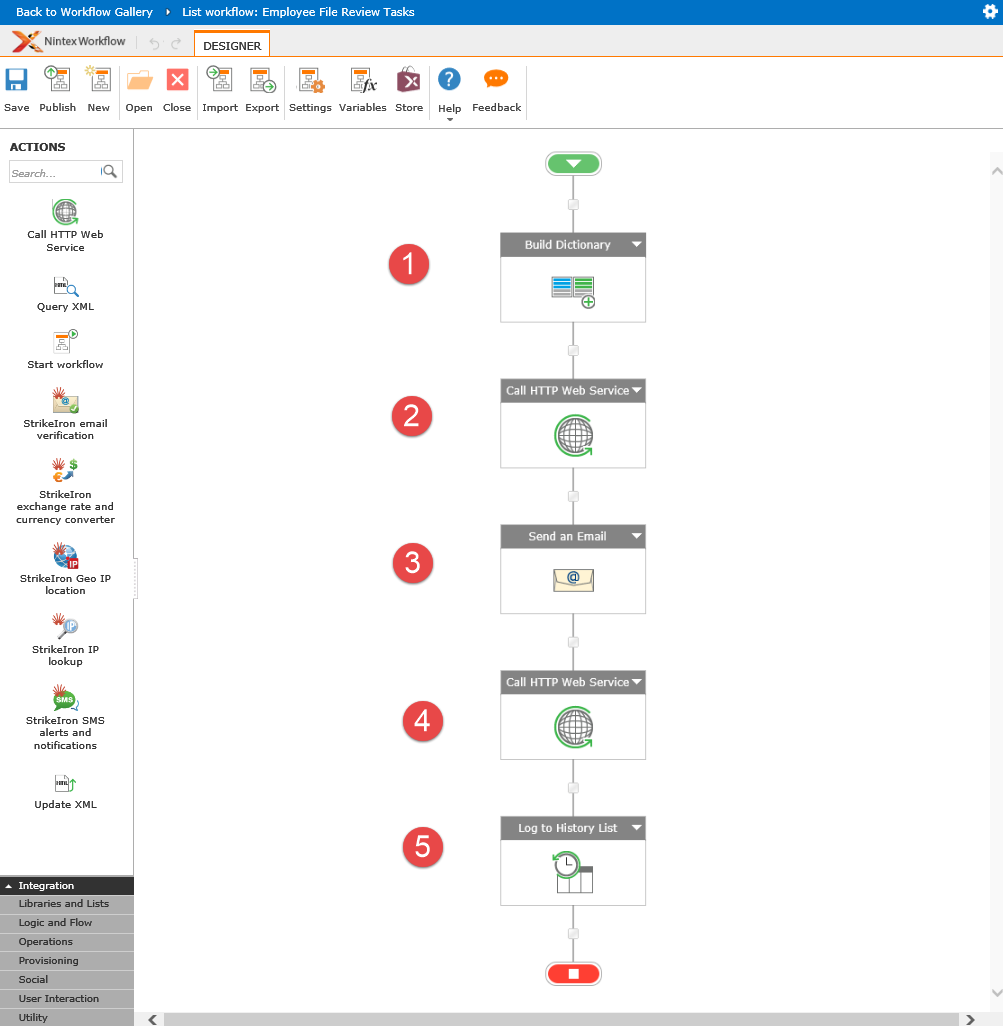Exchange Server hybrid “edition” myths and misunderstandings
There’s a common misunderstanding that Exchange Server hybrid (whichever version you may be running) is needed to be kept on-premises forever if you have Azure AD Connect. AADC syncs on-premises Active Directory with Azure AD. When AADC and federated identity is enabled, MOST of the cloud attributes in Azure AD are READ ONLY. From that statement it’s been understood that hybrid is needed to be maintained to do all that Exchange Online remote management goodness. Wrong!
I hate to burst the bubble here, but, I’m going to burst the bubble.
Exchange Server Hybrid
Being a consultant, I’m going to do that frustrating thing and say those famous words: “it depends on the situation”. I love being ambiguous sometimes as it affords room for different options and ideas which is great for brainstorming and architecting.
Looking at Exchange Server hybrid functionality independently of thinking about the common tech phrase “hybrid”, what does Exchange Server hybrid do? Put simply, which isn’t very clear on TechNet or other publications, hybrid creates send and receive connectors between on-premises and Office 365 EXO. It’s now just a wizard / setup application that completes a few commands that can be achieved manually through powershell. It’s not even an Exchange Server role anymore.

